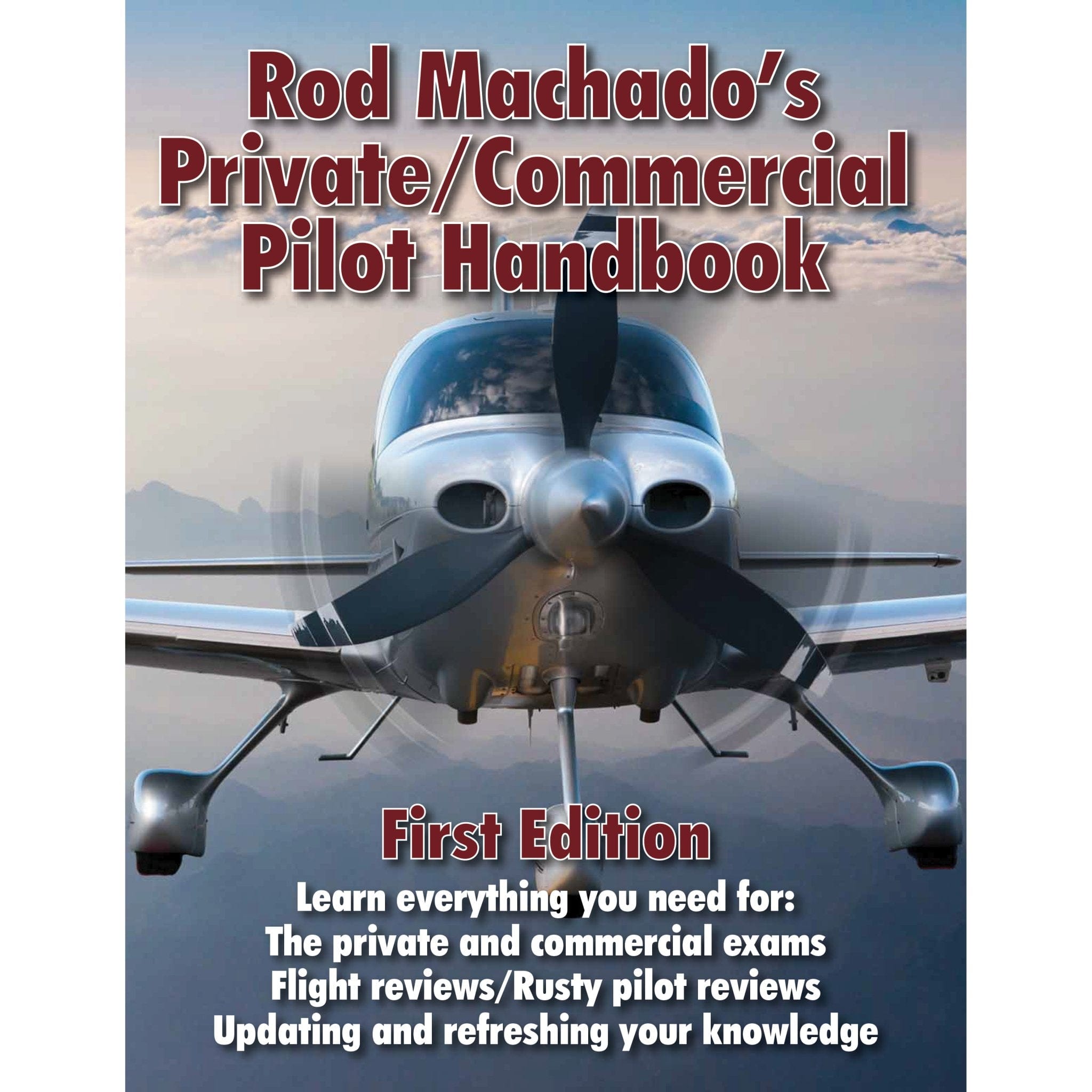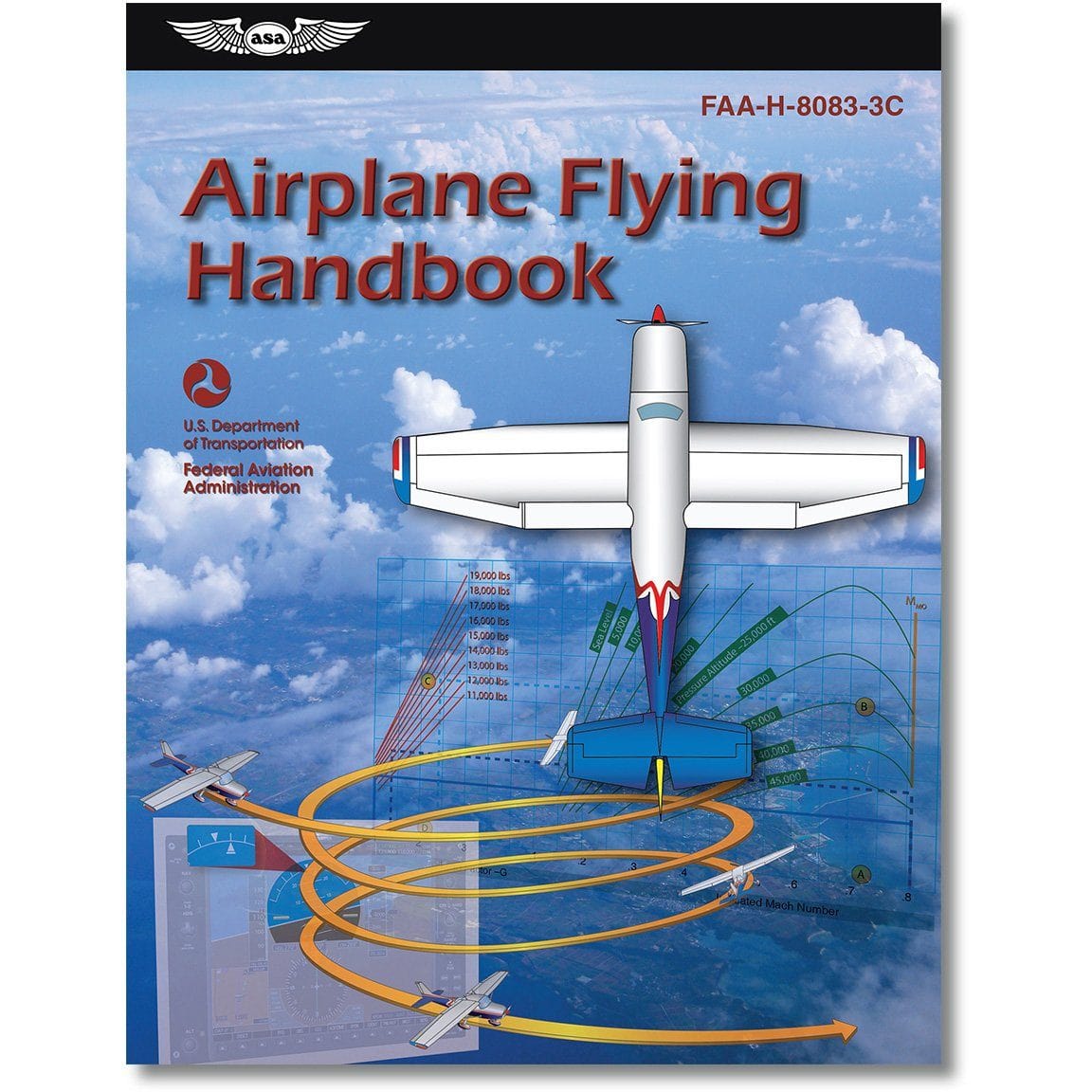Si nunca has oído hablar de la guiñada adversa, puede pillarte desprevenido durante un viraje cuando el morro del avión tira en la dirección opuesta. Esto puede hacer que parezca que el avión está luchando contra ti.
Al principio, puede resultar alarmante, pero no se preocupe, lo tenemos cubierto. En este artículo, explicaremos exactamente cómo funciona la guiñada adversa y cómo afecta a su capacidad para controlar su aeronave.
¡Empecemos!
RESUMEN
-
La guiñada adversa se produce cuando la resistencia hace que la nariz gire en sentido opuesto al giro.
-
Ignorarlo conduce a un vuelo ineficiente y descoordinado.
-
Utilice la entrada del timón para contrarrestar el giro adverso durante los virajes.
-
Los sistemas modernos reducen el giro adverso y necesitan menos corrección manual.

La ciencia del pionamiento adverso: ¿cuándo se produce el pionamiento adverso?
La guiñada adversa se produce debido a la forma en que se comporta la resistencia en cada ala durante un viraje. Cuando se hace girar un avión hacia la derecha, el alerón derecho se mueve hacia arriba y eso reduce la sustentación y la resistencia en ese lado.
En el ala izquierda, el alerón izquierdo se mueve hacia abajo, lo que aumenta tanto la sustentación como la resistencia y empuja el morro del avión hacia la izquierda, lo que provoca el efecto de guiñada adverso .
Básicamente, la guiñada adversa es un subproducto del modo en que un avión genera sustentación.
La sustentación y la resistencia trabajan juntas cuando un avión vuela. Cuando giras el avión, un ala tiene que elevarse más que la otra para ayudar con el giro .
Pero cuanto más sustentación crees, más resistencia del aire también crearás en esa ala.
La resistencia adicional tira del morro del avión y hace que se desvíe en la dirección opuesta a la del giro. Es como si estuvieras tirando de algo pesado mientras intentas girar: te hace perder velocidad y te desvía del rumbo.
Lo notarás más a velocidades más lentas, especialmente en aviones con envergaduras más grandes.
Cuando experimente una desviación lateral, no piense que es una señal de que algo anda mal. Es un fenómeno aerodinámico natural con el que se enfrenta todo piloto. Pero ignorarlo puede provocar un vuelo defectuoso o, peor aún, un vuelo descoordinado.

Por qué no deberías ignorar el efecto de guiñada adverso
Al principio, puede que pienses que una guiñada adversa no es un problema tan grave. Empiezas a sentir que el morro se inclina en la dirección equivocada, por lo que haces una rápida corrección del timón y recuperas el control, ¿no? Aunque puede ser así de simple, no gestionar la guiñada adversa correctamente puede provocar ciertos tipos de ineficiencias de vuelo.
Por ejemplo, podría quemar más combustible, extender el tiempo de viaje o incluso aumentar el desgaste de la aeronave.
Si alguna vez voló un avión y sintió que la nariz se movía inesperadamente en una dirección no deseada, eso es guiñada adversa.
Y no solo afecta a los aviones pequeños de aviación general. Todos los aviones de ala fija lo sufren, aunque los aviones comerciales más grandes suelen tener sistemas instalados para minimizar su impacto.
En aviones más pequeños, puede ser mucho más obvio durante giros bruscos o al volar a velocidades más lentas.
En ese tipo de situaciones, si no se utiliza la técnica de timón adecuada, el desequilibrio puede provocar un vuelo descoordinado, lo que no solo se debe a ineficiencia, sino que puede ser peligroso.

Técnicas para contrarrestar la guiñada adversa
¿Cómo se evita que la desviación negativa se convierta en un problema mayor? En resumen, se trata de usar el timón .
Estos son los pasos a seguir para contrarrestar la guiñada adversa:
-
Reconocer cuando ocurre un giro adverso (cuando la nariz tira en la dirección opuesta al giro).
-
Aplicar el timón en la misma dirección que el giro.
-
Coordinar los movimientos del alerón y del timón para equilibrar la guiñada.
-
Utilice el coordinador de viraje (o indicador de deslizamiento) para asegurarse de que el viraje esté coordinado.
-
Ajuste la presión del timón según sea necesario durante el giro.
-
Reduzca gradualmente los movimientos del timón y de los alerones a medida que salga del giro.
Al inclinarse para realizar un giro, deberá aplicar el timón en la misma dirección para ayudar a equilibrar las fuerzas de guiñada.
Por ejemplo, si estás girando hacia la derecha, aplicarás el timón de dirección derecho al mismo tiempo. El objetivo es mantener la aeronave navegando de manera uniforme con el uso coordinado de alerones y timón . Quieres que la nariz apunte hacia donde vas en lugar de arrastrarse hacia atrás.
Las escuelas de vuelo y tu instructor de vuelo te inculcarán esto durante el entrenamiento. A menudo, pasarás tiempo practicando giros sin accionar el timón solo para sentir cuánto afecta la guiñada adversa al avión.
Al agregar timón, comenzarás a desarrollar un instinto de cuánto se necesita para equilibrar las fuerzas.
Tendrás que aprender a equilibrarlo. Si usas demasiado el timón, corregirás en exceso y patinarás. Si no lo haces lo suficiente, te quedarás atrapado en un derrape.
Diseño de alerones para reducir la guiñada adversa
La acción del timón es la forma principal de contrarrestar la guiñada adversa, pero el diseño de la aeronave también es importante. Una de las soluciones más eficaces que han ideado los ingenieros son los alerones diferenciales.
Los alerones diferenciales están diseñados para que el alerón que se desvía hacia arriba se mueva más que el que se desvía hacia abajo, lo que reduce el desequilibrio en la resistencia que causa la guiñada en primer lugar.
Los alerones frisé son otra solución realmente interesante. Estos alerones pivotan sobre una bisagra desplazada y, cuando el alerón superior se desvía, su borde de ataque se introduce en el flujo de aire, lo que genera resistencia para contrarrestar la guiñada.
Ambos diseños ayudan a reducir la cantidad de entrada de timón que necesita.
Sistemas fly-by-wire y amortiguadores de guiñada
Los aviones de alto rendimiento y los jets comerciales cuentan con sistemas que permiten automatizar la gestión de la guiñada adversa. Los sistemas de control de vuelo por cable y los amortiguadores de guiñada se encargan de gran parte del trabajo pesado.
Estos sistemas tienen computadoras que ajustan automáticamente el timón a medida que usted gira y mantienen el avión coordinado sin requerir una acción constante del timón por parte del piloto.
El hecho de que utilices estos sistemas no significa que no necesites saber cómo gestionar la desviación negativa, pero la tecnología definitivamente hace que sea una preocupación menor.
Lo bueno de los amortiguadores fly-by-wire y de guiñada es que ayudan a reducir la resistencia y el consumo de combustible durante los virajes, lo que beneficia el vuelo en general.

Nuevos diseños de alas para eliminar el efecto de guiñada adverso
Uno de los avances más apasionantes en tecnología de la aviación es el trabajo de la NASA en nuevos diseños de alas que podrían reducir drásticamente o incluso eliminar por completo el guiñada adversa.
El ala PRANDTL-D optimiza la distribución de la sustentación a lo largo de la envergadura del ala y reduce la diferencia de resistencia que provoca una guiñada adversa. El PRANDTL-D tiene el potencial de hacer que las aeronaves sean más capaces y fáciles de controlar, en particular a velocidades más bajas, donde la guiñada es más notoria.
Estos increíbles avances en el diseño de las alas podrían cambiar por completo la forma en que los pilotos gestionan los virajes. En lugar de depender de la acción del timón para corregir la guiñada, las propias alas harán el trabajo sin ningún esfuerzo adicional por parte del piloto. ¡Algo emocionante!

Preguntas frecuentes
-
¿En qué se diferencia la guiñada adversa entre distintos tipos de aeronaves?
La guiñada adversa es más notoria en aeronaves de aviación general más pequeñas, ya que suelen volar a velocidades más bajas y dependen de sistemas de control básicos. Las aeronaves comerciales y de alto rendimiento tienen sistemas más sofisticados que prácticamente eliminan esta posibilidad. -
¿Qué son los alerones Frise y cómo ayudan en caso de guiñada adversa?
Los alerones frisé empujan el borde delantero del alerón ascendente hacia el flujo de aire. Crean resistencia que contrarresta la guiñada adversa sin requerir tanta acción del timón. -
¿Puede eliminarse por completo el giro adverso?
Si bien los métodos tradicionales como el control del timón ayudan, los diseños más nuevos como el ala PRANDTL-D apuntan a reducir la guiñada adversa en la fuente, minimizando o incluso eliminando la necesidad de corrección manual. -
¿Por qué el desvío adverso es más pronunciado a velocidades más lentas?
A velocidades más bajas, la diferencia de arrastre entre las alas se vuelve más significativa, lo que hace que el giro adverso sea más notorio y más difícil de controlar sin los controles adecuados.
Llevar
La guiñada adversa es un efecto importante que todos los pilotos deben conocer. Cuanto más comprenda por qué sucede, podrá reconocer cuándo se encuentra en una situación de guiñada adversa y cómo corregirla.
A medida que avance la tecnología, la gestión de la guiñada se automatizará cada vez más y dependerá menos de las acciones manuales de los pilotos. Hasta que eso suceda, manténgase alerta y recuerde utilizar los timones.
¡Vuela seguro!
¿Interesado en recuperación y maniobras?
¡Nuestras guías están diseñadas para ayudar!
-
La maniobra de Chandelle: qué es y por qué deberías aprender a realizarla
-
Maniobras de referencia terrestre: cómo superar la prueba de vuelo
-
Cómo volar dando vueltas alrededor de un punto (guía completa + plan de lección)
¿Le resultó útil este artículo?
¿Crees que nos hemos olvidado de alguna pregunta importante de la entrevista? ¡Cuéntanoslo en los comentarios a continuación!






